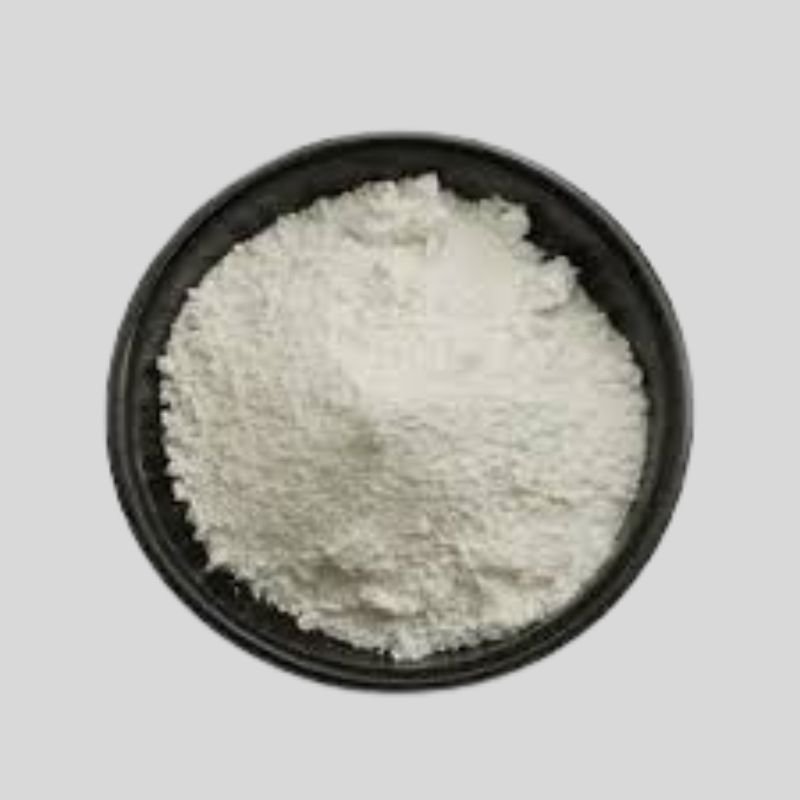Natural Hydroxyapatite
Natural hydroxyapatite (NHA) is the primary inorganic component of human bones and teeth. It’s a naturally occurring mineral that provides structural strength and support to these tissues.
Key Characteristics of NHA:
- Chemical Composition: NHA is a calcium phosphate compound with a specific crystal structure.
- Hardness: It’s a relatively hard material, contributing to the strength of bones and teeth.
- Biocompatibility: NHA is highly biocompatible, meaning it can coexist with living tissues without causing adverse reactions.
- Osteoconductive: It promotes bone tissue growth and regeneration.
Sources of NHA:
- Human Bone: The most common source of NHA is human bone tissue.
- Animal Bones: Bones from animals, such as cows and pigs, can also be used as a source of NHA.
- Corals: Some coral species contain a form of hydroxyapatite that can be extracted.
- Synthetic Production: NHA can also be synthesized in laboratories, but the natural form often has superior biocompatibility.
Applications of NHA:
- Bone Grafts: NHA is used in bone grafts to replace damaged or missing bone tissue.
- Dental Implants: It’s used in dental implants to promote osseointegration and long-term stability.
- Drug Delivery: NHA can be used as a carrier for controlled release of drugs, especially for bone-related diseases.
- Tissue Engineering: NHA is incorporated into scaffolds for tissue engineering applications, such as cartilage and bone regeneration.
Advantages of Using Natural Hydroxyapatite:
- Biocompatibility: NHA’s natural origin ensures excellent compatibility with human tissues.
- Osteoconductivity: Its osteoconductive properties promote bone regeneration.
- Structural Strength: NHA provides structural support similar to natural bone.





